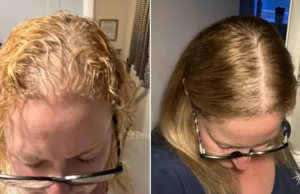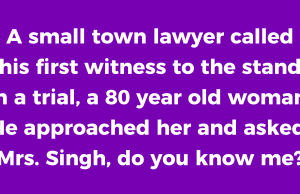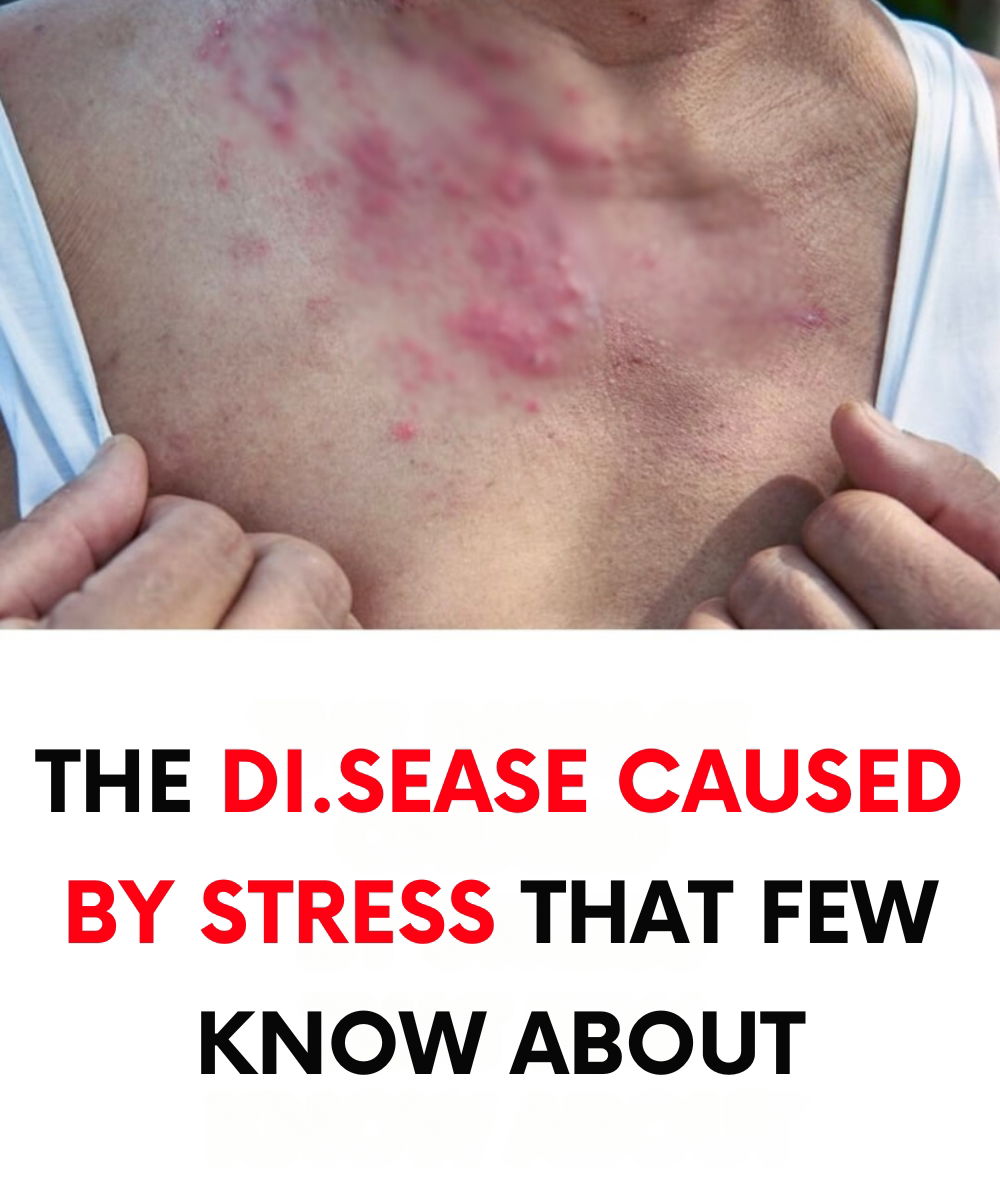
If you had chickenpox during childhood, you might assume you’re protected for life. However, there’s a hidden risk — the virus responsible for chickenpox can remain dormant in your body for years and later reactivate as shingles.
Unlike the mild rash from your youth, shingles often comes with severe pain and can lead to complications, especially when it affects the face or eyes.
1. What Is Shingles?
Shingles, also known as herpes zoster, is a viral infection triggered by the reawakening of the varicella-zoster virus — the same virus that causes chickenpox.
Even after recovery from chickenpox, the virus doesn’t leave your body. Instead, it stays inactive in your nerve cells and may reactivate years later as shingles.
Shingles typically affects just one side of the body. It often manifests as a painful band of fluid-filled blisters across the torso, neck, or face.
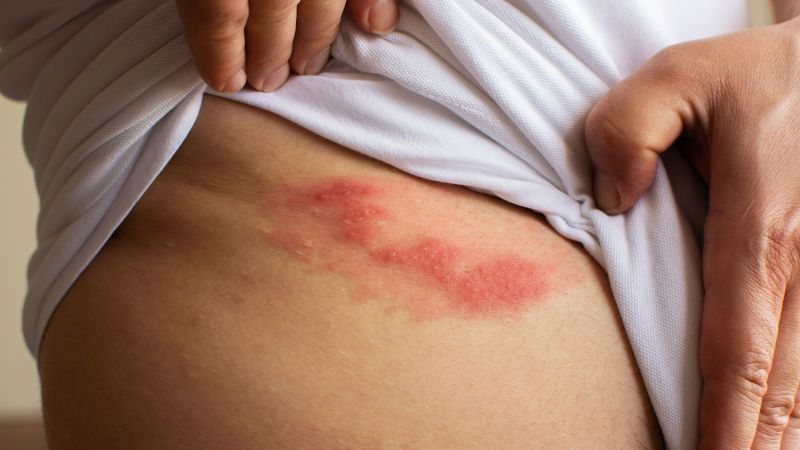
Most people recover in two to three weeks, but for many, especially older adults, the pain can be intense and long-lasting.
2. Recognizing the Symptoms
Though the telltale sign of shingles is a blistering rash, symptoms usually begin earlier. These can include:
- A red, blistered rash (usually one-sided)
- Burning, tingling, or shooting pain
- Itching
- Fever and chills
- Headaches
- Fatigue or general unease
- Muscle weakness
Some individuals experience nerve pain even before the rash appears. In certain cases, pain persists long after the rash fades — a condition known as postherpetic neuralgia (PHN), which can last for weeks or even months.

3. When Shingles Affects the Face
Though less frequent, shingles can affect the face and may lead to more serious issues. It usually impacts only one side.
If the outbreak involves the ear, it could cause hearing loss, vertigo, and even temporary facial paralysis — known as Ramsay Hunt syndrome.
When shingles affects the mouth or scalp, it may lead to pain while eating or brushing your hair, and even hair loss in severe cases.
4. Shingles in the Eye
Shingles involving the eye — a condition called herpes zoster ophthalmicus — is considered a medical emergency.
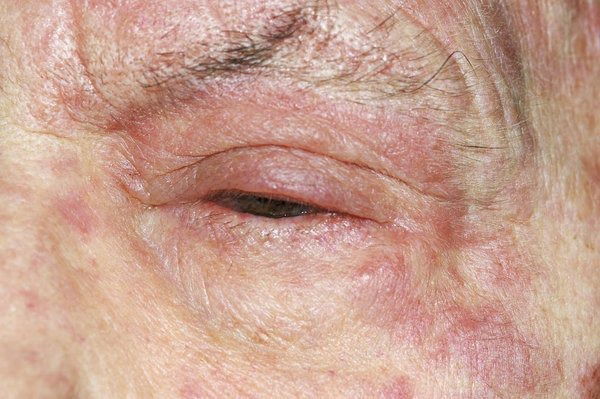
The rash might appear on the eyelid, forehead, or tip of the nose, a common sign that the eye itself could be infected. Warning signs include:
- Red, watery eyes
- Swelling around the eye
- Sensitivity to light
- Blurred or reduced vision
Without prompt treatment, eye-related shingles can lead to permanent vision loss or blindness.
5. What Triggers Shingles?
After chickenpox, the virus remains inactive in your nervous system. Certain factors may cause it to reactivate, including:
- Aging, which naturally weakens the immune system
- High stress levels
- Certain illnesses or physical trauma
- Use of medications that suppress immunity, such as those used for cancer or autoimmune diseases
6. Can Shingles Be Cured?
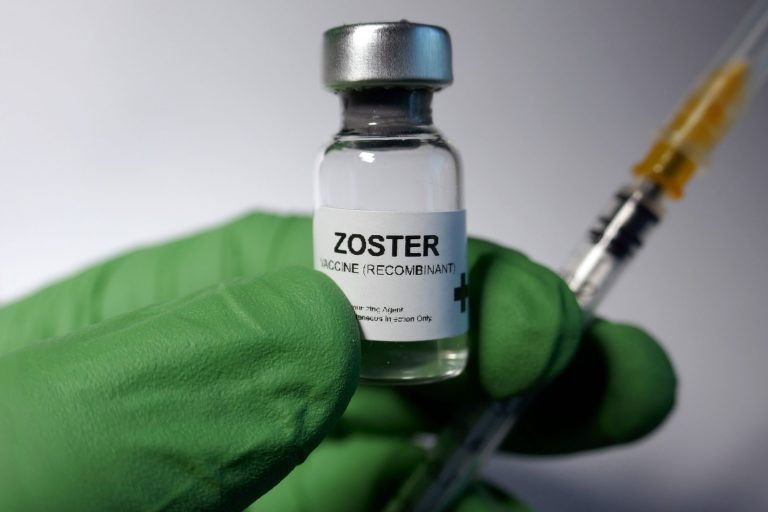
There is no complete cure for shingles, but early medical treatment can reduce symptoms and help speed up recovery. Doctors may prescribe:
- Antiviral medications like acyclovir or valacyclovir to shorten the illness
- Pain relief medications (prescription or OTC)
- Anti-inflammatory drugs
- Topical ointments or gels, such as aluminum chloride, to soothe the skin
To reduce the risk of spreading the virus:
- Keep the rash covered
- Avoid touching or scratching the blisters
- Steer clear of pregnant women, newborns, and immunocompromised individuals while the rash is active








